If your home or company is located in the Lone Star State, you know that the intense Texas heat can yield incredibly high electricity usage rates. What you may not know is that by working with a trusted provider such as GeoVend International, renewable energy options are available to help reduce some of those electricity costs in significant ways.
There are six ways we recommend to potentially reduce transmission and distribution costs or even produce revenue:
1. Demand Response
2. Solar Power
3. Low Profile Wind Power
4. Battery Storage
5. Microgrids
6. Nanogrids
Demand Response
Managing demand response efforts may yield savings when it comes to electricity costs. In general, demand response programs can provide a more balanced system load via renewable energy resources. The concept utilizes renewable energy sources such as solar or wind power to add to a system’s stability and offer lower electricity costs during ramp events or peak hours. When it comes to choosing a demand response concept for your company, there are a number of different choices and combinations GeoVend International can help you choose from to effectively customize a plan that meets your specific needs.
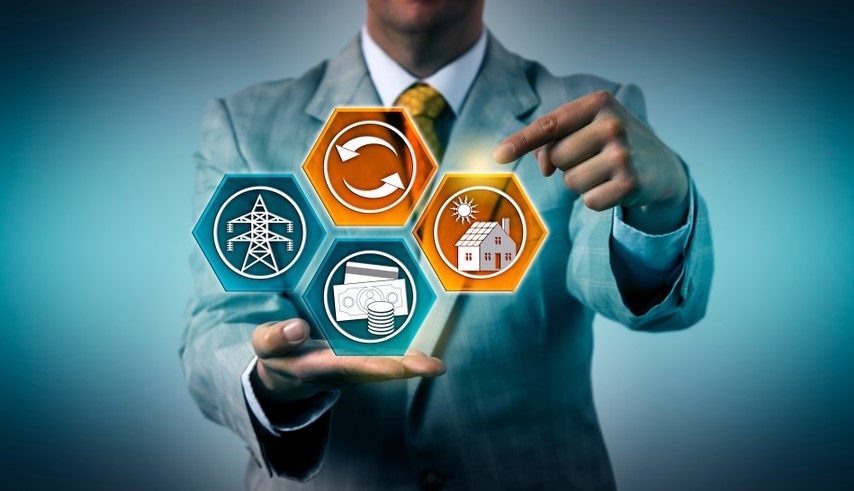
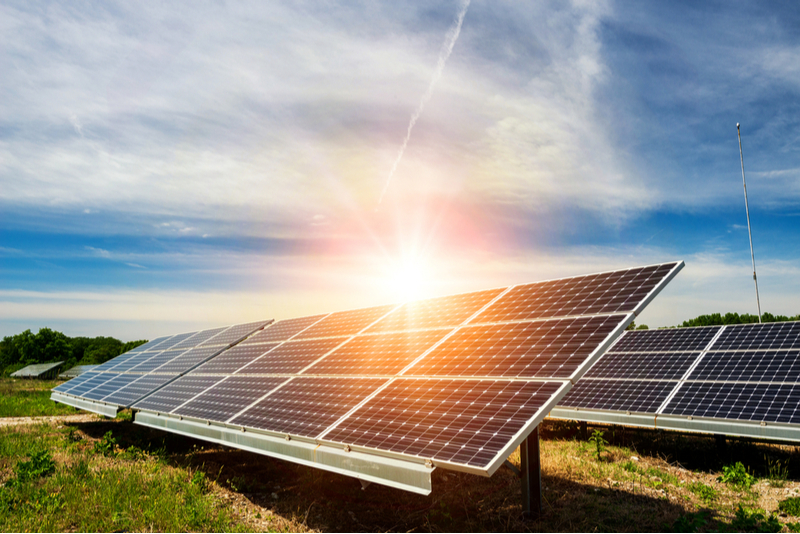
Solar Energy
For many wishing to go green, on site solar can be a great way to lower electricity costs to a fixed price, and it may yield lower power rates than that of local energy companies that are household names. Relying on solar power allows another energy source besides the grid and can eliminate some TDSP (transmission and distribution utility) charges related to the grid load.
On site solar is typically a better option for bigger companies who have a minimum of ten acres of free space as that is the amount of space typically required to generate 100,000 kilowatt hours annually. With the price of solar panels falling drastically in the past five years, it is quickly becoming a more affordable option than it once was.
Low Profile Wind Power
For some companies, installing low profile wind turbines onsite may be a valid renewable energy option. Also known as Vertical Axis Wind Turbines (VAWT), these turbines are mounted on ten to fifteen-foot poles and are about five feet tall. They are typically installed throughout the property and offer the option of producing electricity behind the meter by replacing power from the grid and eliminating TDSP charges for that specific portion of usage. With turbines, the maker installs anemometers and measures wind velocity and duration for the period of about a year to ensure there is sufficient wind to yield positive results.
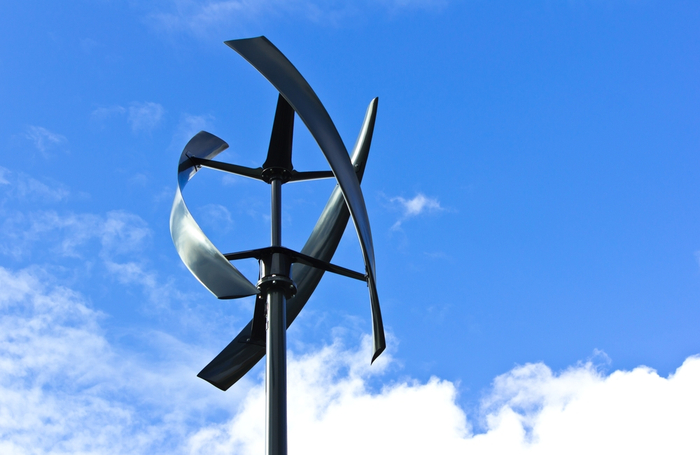

Battery Storage
Batteries allow power from wind and solar installations or the grid to be stored, making it a good source of renewable energy. It can then help reduce peak demand, especially from pumps and lift stations. This can yield significant savings on TDSP charges as they are usually based on peak usage.
Fortunately, the price of batteries has continued to decrease over the past several years and therefore could soon be an option for municipal utilities.
Microgrids
When it comes to monitoring and managing electricity, a microgrid is one of the most sophisticated tools available. It is designed to automatically choose the most economic power source (grid, solar, wind, battery, generator, etc.) depending on the price of power in fifteen-minute intervals. Microgrids are one of the last options when it comes to load management.
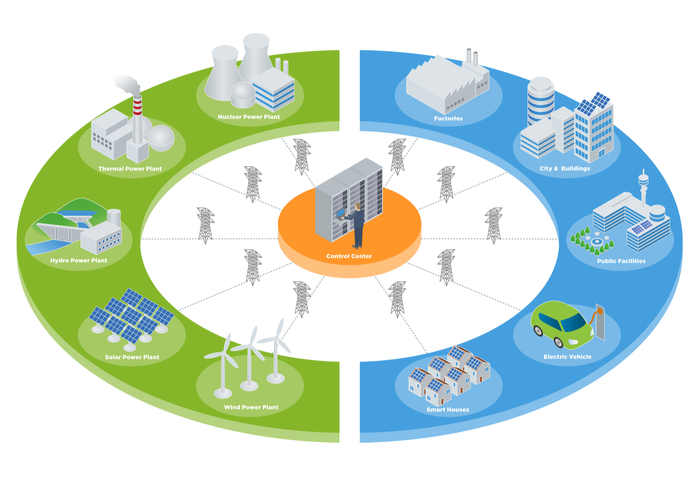
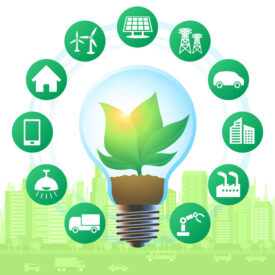
Nanogrids
As indicated by its name, a nanogrid is essentially a smaller version of the microgrid. Aside from its size, some of the main differences are that they are often more affordable for smaller clients and can also be faster. As are microgrids, nanogrids are tied into a locally central grid, but also have the ability to work independently in the case of a power outage or high demand. Clients can save money by using energy from their own renewable energy system when power from the grid is the most expensive.
If you are interested in utilizing renewable energy resources for your home or company via demand response, solar power, wind power, battery storage, microgrids, or nanogrids, we encourage you to reach out to GeoVend International today to see how we can save you money by lowering your electricity costs.
